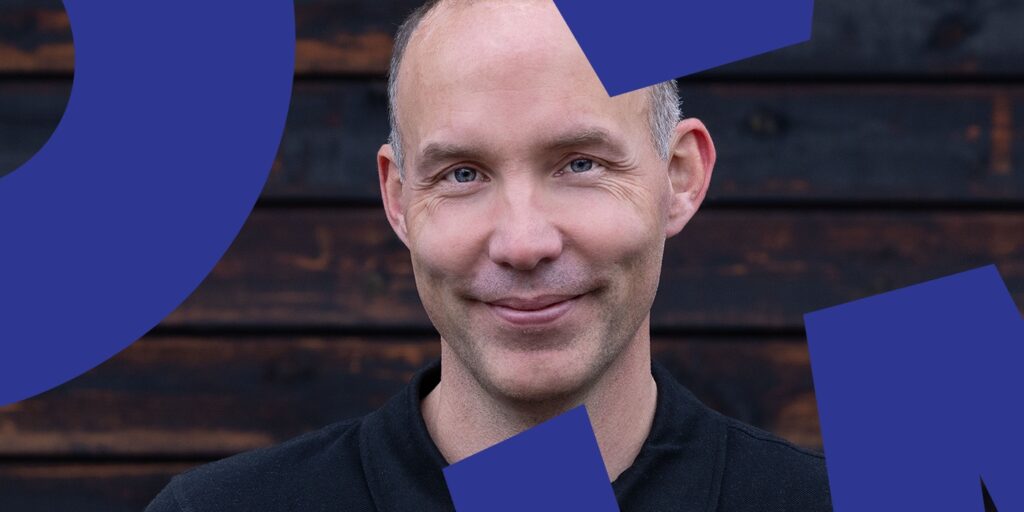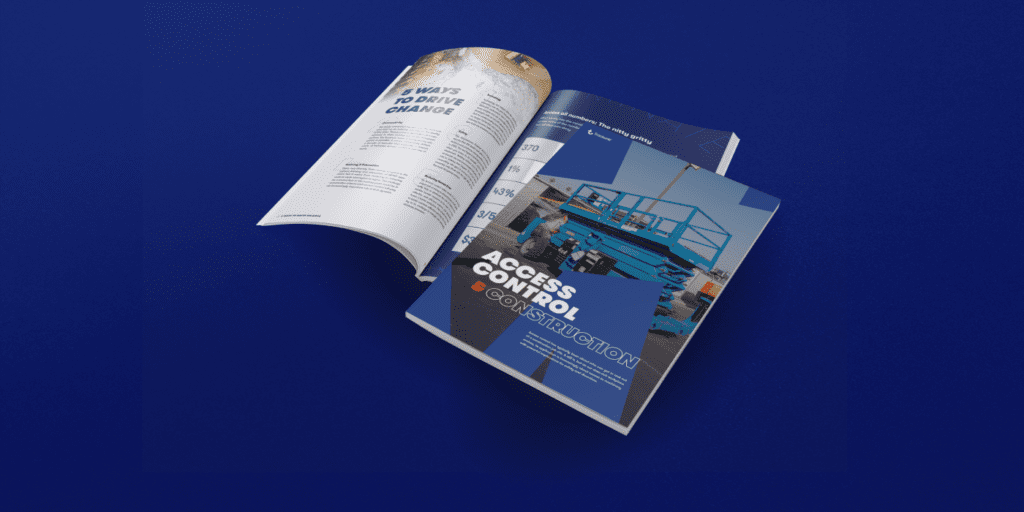Success Stories


We know job sites are dangerous and we are all united in a desire to ensure the safety of our workers. But one of the major issues facing construction is that training varies from region to region, from country to country and inevitably, from company to company.
It’s something that had certainly been troubling Lars Sørby for some time. Sørby was already in the rental business in Norway having founded Sørby Utleie in 2005 but, despite a wave of legislation in his native country aimed at making the job site safer, he still felt that something was missing.
“Norway actually implemented a new piece of legislation in 2016 that really tightened up the rules on job sites and added in a bunch of training criteria that was much more specific than what had existed before,” says Sørby. “Until then, you really didn’t have to provide much in the way of documentation but this meant that you now had to give documentation for every type of machine.”
The new legislation intrigued Sørby. Norway’s record on fatalities — there were just nine deaths in 2021 out of a construction industry workforce of circa 200,000 — is extremely good on a country-by-country comparison, but he thought there was the potential to be even better with powerful implications for efficiency and downtime.
“There was no one moment where I suddenly hit upon an idea,” he says, speaking in video interview from Tomter, some 50 kilometers south of Oslo where DigiQuip has its headquarters. “It was a natural evolution.
“As a rental company , we were aware that through renting our machines out to all kinds of projects, they were often not being used correctly,” he says. “No-one was showing these clients how to use the machines properly and, even worse, some were self-diagnosing or applying ‘fixes’ that if done wrong, could actually be quite dangerous.”
‘We set out with the view that we wanted to ‘democratize’ safety in the industry and that’s a principle that has underpinned everything we’ve done since.’
That led to the founding of DigiQuip in 2019 with a website that endearingly labels its workforce as ‘safety nerds’. And as perhaps benefits safety nerds, the idea may have been simple, but the execution was as thorough as can be.
“We started with lots of training videos on the platform and, this was the clincher, we made it available to everyone in construction for free,” says Sørby. “We set out with the view that we wanted to ‘democratize’ safety in the industry and that’s a principle that has underpinned everything we’ve done since.”
For DigiQuip, the monetization of the platform only happens at the next stage of the process where clients seek its help with the stringent documentation process that has come into play since the legislation in 2016. It also enables DigiQuip to give OEMs a glut of information on their machines, the usage and how they can tailor those insights into better health and safety for their workers.
The videos have most certainly piqued the interest of OEMs in Norway who began reaching out to DigiQuip “almost from day one,” says Sørby. “We’ve made it as easy as possible to get access via QR codes,” he says. “It’s access control essentially. Companies can limit access only to those qualified or who it intends to delegate the operation of the machinery to.”
It is then no surprise that the platform gradually began to earn recognition through the industry leading to a big win for DigiQuip when it scooped the ‘Best digital innovation by a rental company’ at the European Rental Association Awards in 2022.
It was also nominated for the IPAF & IAPA awards in April 2023 and, although it failed to pick up a gong this time, it is a recognition of its growing stamp on the market.

“Winning these or being nominated for these is important to us of course because we haven’t really been that visible beyond Norway,” says Sørby. “In time, we really want to form closer collaboration with associations like IPAF who also have a very clear interest in health and safety at the workplace.”
Indeed, collaboration is at the heart of everything Sørby would like to achieve. “A strong safety culture starts at the top with leaders,” he says. “That’s collective and individual.
“Collaboration within the industry can help to establish best practices, share knowledge and resources, and develop comprehensive safety plans that take into account the unique challenges of different job sites,” says Sørby. “By working together, we can identify common problems and find innovative solutions that can improve safety across the board.
“Collaboration between stakeholders such as equipment manufacturers, dealers, rental companies, and customers is essential to ensure safety in the construction industry,” he adds. “By working together, stakeholders can share knowledge and resources to improve equipment design, maintenance, and usage.”
For Sørby, the next stage will be to drive towards a standardization of training that could become the accepted norm through the industry.
‘…there will be a push towards standardization and good business sense will push companies down this path.’
But for now, DigiQuip is firmly focused on Norway with an eye to The Nordics before it hopes to roll out the model to a wider audience. And Sørby is in little doubt that once it develops collaborative relationships with the OEMs and associations, the platform will get the kind of lift off that will validate all the hard work that has gone into its development.
“The platform is becoming like an ecosystem and it’s developing its own dynamic,” he says. “In the end, there will be a push towards standardization and good business sense will push companies down this path.
“We know we’ll succeed with this because business has no choice but to solve it,” he says. “The large companies already get that if you want growth, then you have to take it seriously and that is already filtering down.
“If you train people right, you get everything lined in order,” he adds. “People will work more efficiently and this will ultimately be not just about saving insurance costs or damage to equipment.
“If you take health and safety seriously, then all the pieces of the jigsaw will fall into place.”
For a deep dive on access control in construction, explore this special publication.

Never miss an insight. We’ll email you when new articles are published on this topic.